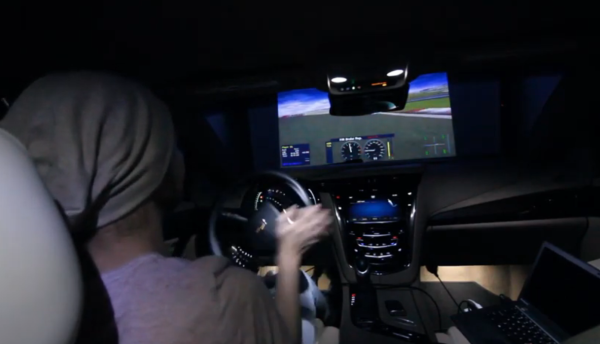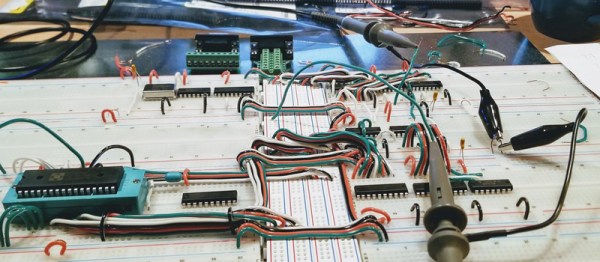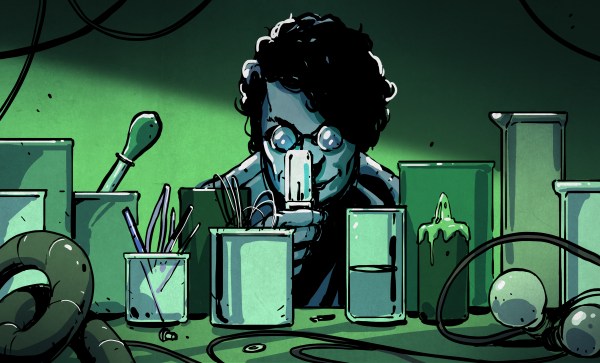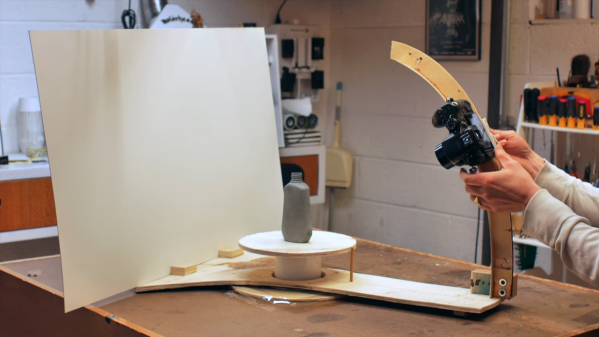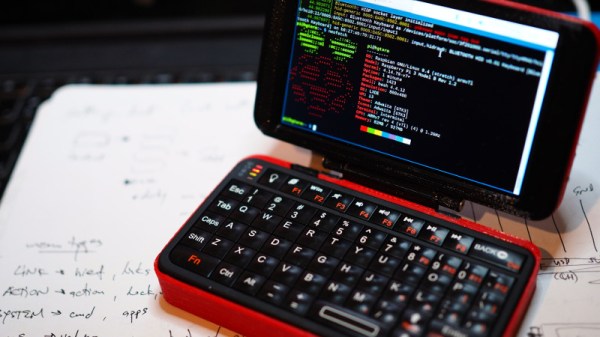New to this year’s Hackaday Prize is a set of live mentor sessions and you’re invited! Being at the center of a successful product design project means having an intuitive sense in many, many areas; from industrial design and product packaging, to manufacturing and marketing. This is your chance to learn from those experts who have already been there and want to make your experience better and easier.
We want you to get involved by entering your own project into the Hackaday Prize; now is the time to tell us you’re ready to demo your project with a mentor. Hackaday Prize Mentor Sessions are happening every two weeks throughout the summer. In these video chats we’re inviting some promising Hackaday Prize entries to start off with a “demo day” type of presentation, followed by an interactive session with the mentor hosting each event.
It’s also important that this incredible resource be available to all, so these videos will be published once the mentor session wraps up. This is a master class format where the advice and shared experience have a beneficial effect far beyond the groups sharing their projects.
The 2019 Hackaday Prize focuses on product development. Show your path from an idea to a product design ready for manufacturing and you’ll be on target to share in more than $200,000 in cash prizes!
Meet Some of Our Mentors:
Below you will find just a taste of the mentor sessions in the works. These are the first three mentor session videos that will be published, but make sure you browse the full set of incredible mentors and get excited for what is to come!

Bunnie Huang
Co-founder, Chibitronics
Bunnie is best known for his work hacking the Microsoft Xbox, as well as
his efforts in designing and manufacturing open source hardware. His past projects include the chumby (app-playing alarm clock), Chibitronics (peel-and-stick electronics for crafting), and the Novena (DIY laptop). He currently lives in Singapore where he runs a private product design studio, Kosagi, and actively mentors several startups and students of the MIT Media Lab.

Mattias Gunneras & Andrew Zolty
Co-founders, BREAKFAST NY
Zolty and Mattias founded BREAKFAST in 2009. This studio of multidisciplinary artists and engineers conceives, designs, and fabricates high-tech contemporary art installations and sculptures. BREAKFAST has over 15 large-scale pieces that can be found in various museums, arenas, and lobby spaces throughout the world.

Giovanni Salinas
Product Development Engineer, DesignLab
Giovanni is the Product Development Engineer at Supplyframe DesignLab. He has designed and developed hundreds of products, including consumer electronics, kitchenware, and urban furniture for the North American, European, Chinese and Latin American markets. Through his experience he has honed his expertise in rapid prototyping and DFM in plastics, wood, and metals.
We Want You To Demo Your Product!
Mentor sessions will continue throughout the summer with these and other mentors! Sign up to demo your 2019 Hackaday Prize entry!

